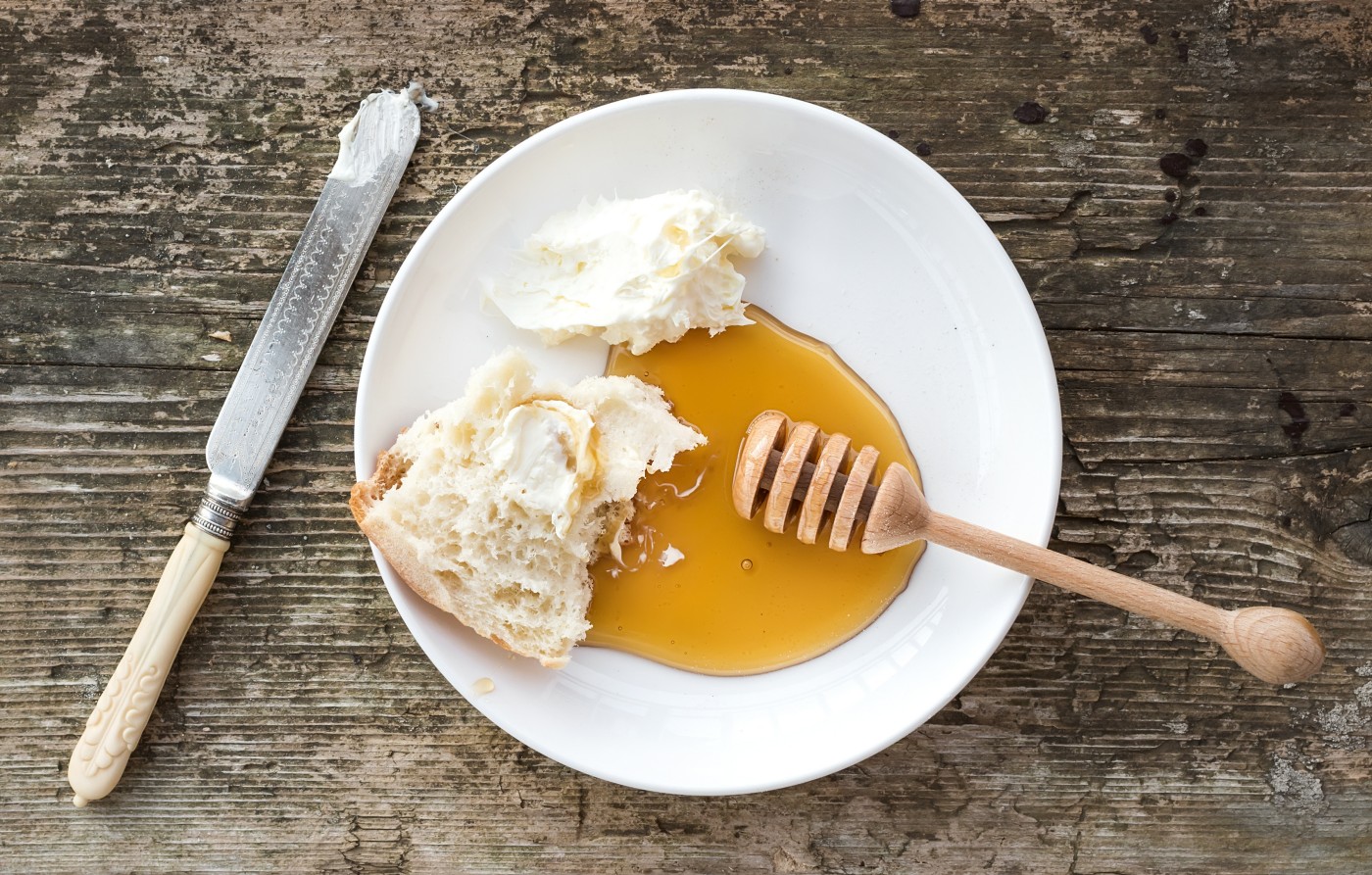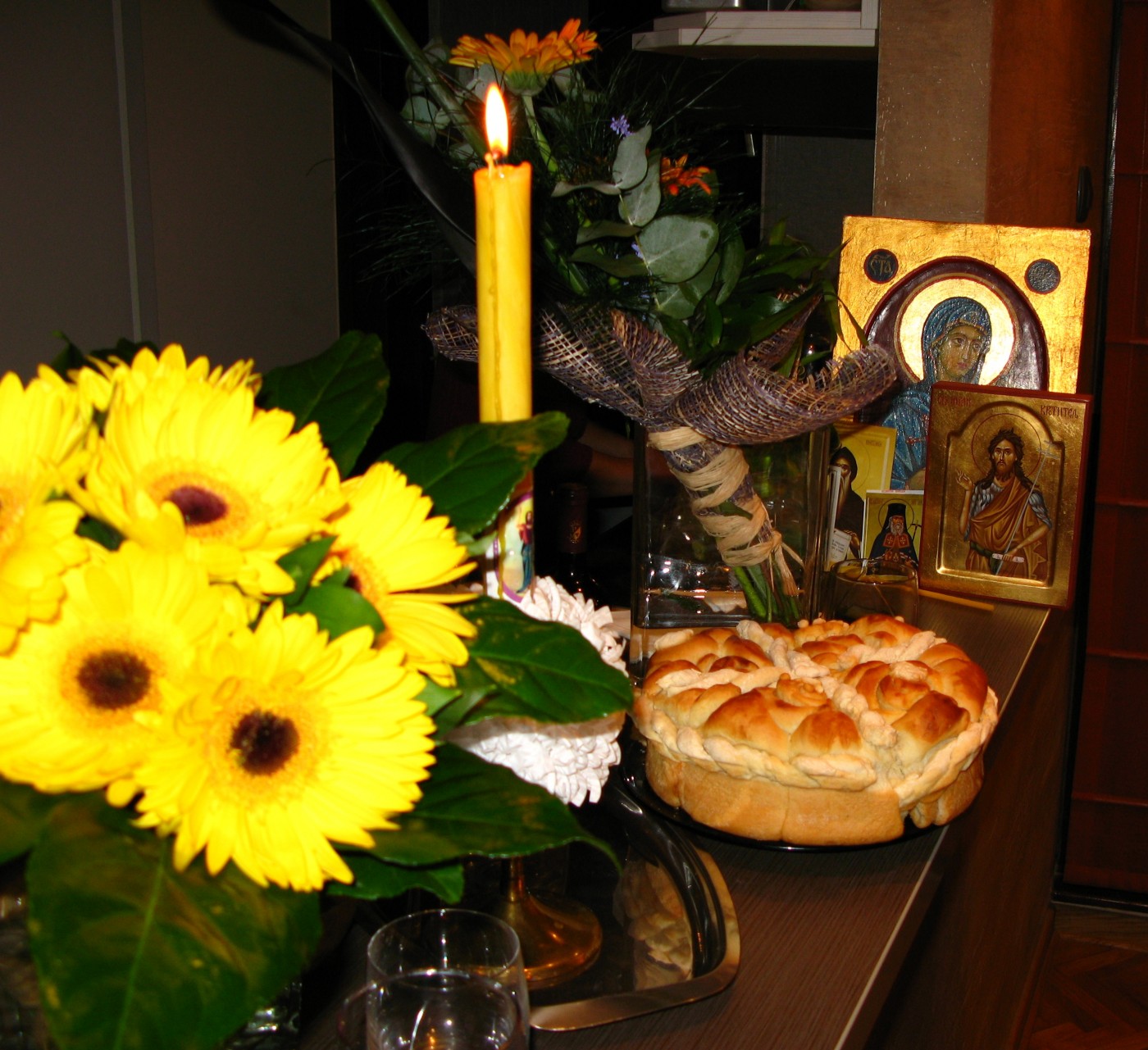
10 surprising facts about Serbia
Did you know that the land of raspberries, has a rainforest, and was not only the birthplace of 16 Roman emperors, but also the home of the first vampire? Serbia has a lot to offer that you might not know. We have compiled a list of ten surprising facts that might interest you.
1. The first vampire came from Serbia
"Vampire" is the most famous and the only international word from Serbian accepted and used all over the world. Moreover, the first vampire was not Count Dracula, but Petar Blagojević, whose vampirism was written about extensively in the Austrian press in 1725.
2. Floating islands
The two lakes Vlasina and Semeteš are known for having islands floating on their surface.
On the water surface of Lake Vlasina, you can spot floating peat islands whose colour changes from light grey to dark blue. The lake is the highest and largest artificial lake in Serbia. It is also known for its crystal-clear water, which reflects the surrounding forests and mountains.
Lake Semeteš is located on the western side of the Kopaonik Mountains, near the Kopaonik National Park and there are islands floating on it as well, and the best thing is that you can even paddle across the lake on them.

3. The Povlen globes
Mount Povlen has a special feature in store for the many walkers and hikers there: there are large stone balls here of which it is not known exactly where they come from and how they were formed. However, the so-called Povlen globes are said by locals to have healing and miraculous powers. Some people even claim that they were
created by extraterrestrials. Scientists, however, assume that the spheres are the result of volcanic activity.

4. The land of raspberries
Currently, Serbia is one of the three largest raspberry producers in the world, with an annual yield of 60,000 to 85,000 tons of raspberries, with more than 95% of production exported and only small quantities entering the fresh market. Every fourth kilo of raspberries worldwide comes from Serbia.
5. Serbia’s own rainforest
Serbia even has its own rainforest: the Vinatovača Rainforest is a special nature reserve with over 350-year-old beech trees. Here it is forbidden to cut down trees, pick plants and move fallen trees. A wonderful place untouched by human intervention.

6. Gorgeous gorges
The largest gorge in Europe, the Đerdap Gorge, is in eastern Serbia. The country is also home to the second deepest gorge in Europe: the Drina River Gorge in western Serbia.

7. Traditional kajmak
Kajmak is a Serbian fresh milk product that tastes like skimmed milk. Kajmak is used throughout the Middle East, Southeast Europe, Iran, Afghanistan, India, and Turkey and is used in Serbia as an appetizer or side dish.

8. Roman emperor’s birthplace
One-fifth of the ancient rulers of Rome were born on what is now Serbian soil. As many as 16 Roman emperors were born in the country that boasts as many as seven important Roman sites from the north to its southern parts. The most notable among them is certainly Constantine the Great, the first to convert to Christianity. He was born in 274 AD in Naissus, now the city of Niš in the southeast of Serbia.
9. Digraphy in the Serbian written language
Serbian speakers use two written alphabets, which in linguistics is called synchronic digraphia. Serbia, along with Montenegro and Bosnia, is one of the only countries in Europe that actively uses more than one alphabet. The “abeceda” is the Latin alphabet – the one that’s used to write in “latinica”.
The “azbuka” is the Cyrillic alphabet, which is used for “ćirilica”.
10. “Slava” is very important
Slava is the one special holiday that distinguishes the Serbian Church from other Christian churches. Its roots come from the time of the old Slavic religion, when ancestor worship was very strong. To maintain this legacy and implement it into Christianity, the Serbian Archbishop St. Sava canonized this ceremony and formed a unique cultural heritage for Serbs. Today, many Serbian homes have an icon depicting a patron saint of the home and family. The day on which this saint is celebrated is the holiest day for the family in the Orthodox calendar, just after Christmas and Easter, and is celebrated among family and closest friends.

Share your CEE experience
Do you also have a travel tip, a recipe recommendation, useful business customs, interesting traditions or a story about CEE that you would like to share? Write to communications@rbinternational.com and share your experience.
Related News
Be the first
Subscribe to Raiffeisen Insights. Get an email with
the latest trends in the world of economics and business.